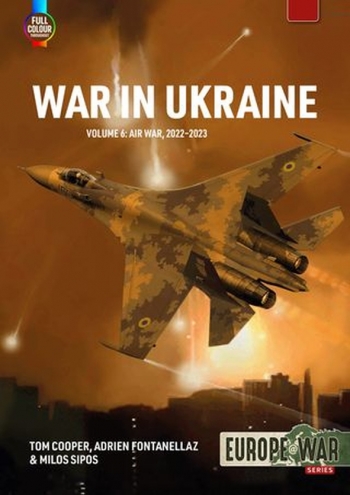FighterJock
ACCESS: Above Top Secret
- Joined
- 29 October 2007
- Messages
- 5,603
- Reaction score
- 5,932
Got mine as well SteveO, not getting it before my birthday though. Looks like it is going to be interesting.

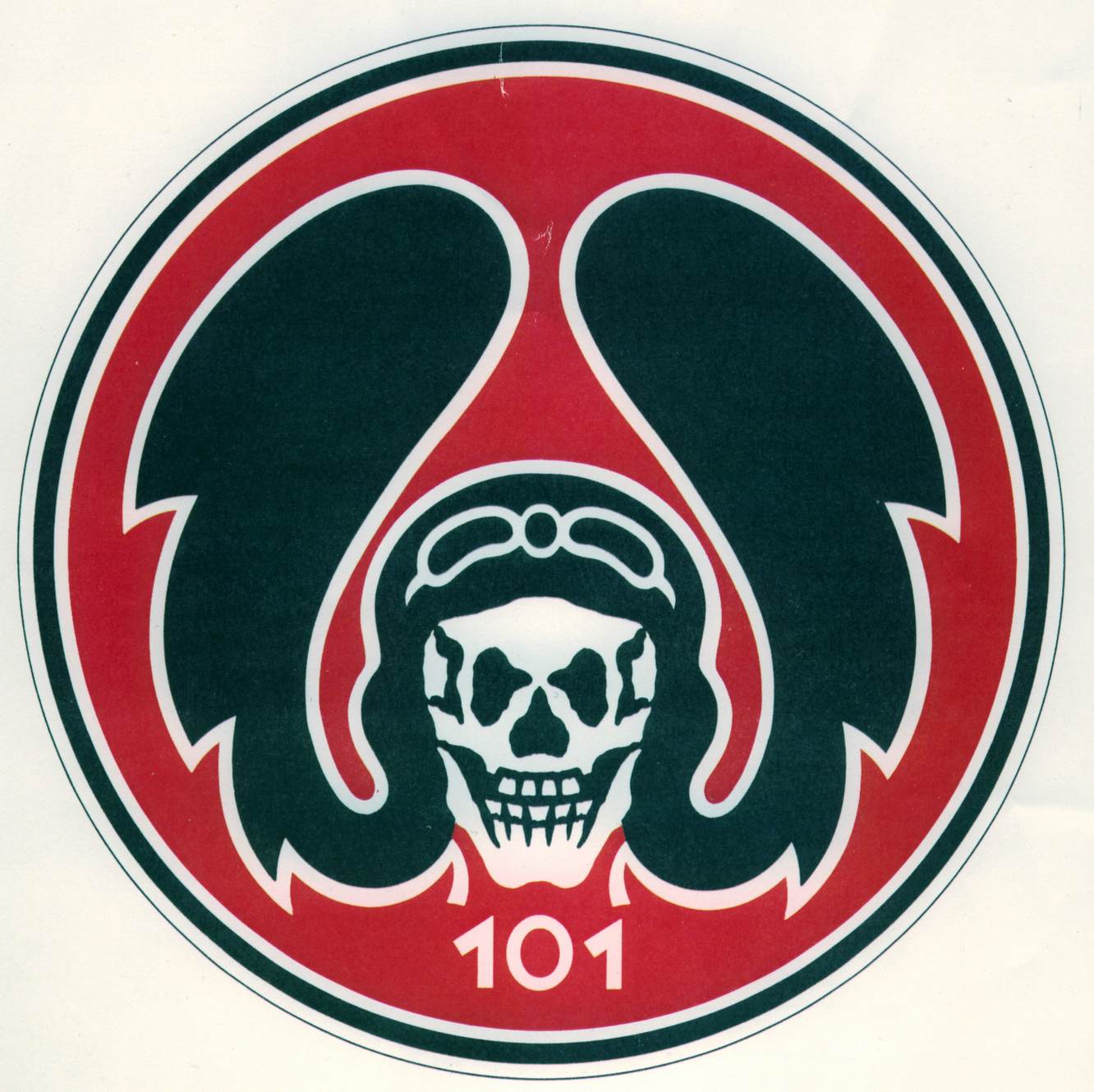
 www.fightingback.com
www.fightingback.com
Bit of a macabre topic.
It's a good book but I do wish he'd used some different images for the P.1121 section. I don't think he read my Projecttech. Though to be fair, there aren't too many unpublished P.1121 photos, but there are a few.Got my copy. Well presented book with nice 3 views. At a glance a lot of the illustrations look similar to those in the Blue Envoy Press - Project Tech Profiles but it looks like a good read I would recommend it.
Well yes, but fascinating to read about . . .Bit of a macabre topic.

 admiralcloudberg.medium.com
admiralcloudberg.medium.com

Finally to be available on Amazon.com as of 31 March 2024!
ISBN: 9781800352797
Binding: Hardback
Dimensions: 297mm x 210mm
Pages: 288
Photos/Illus: Approx. 225 photographs and line drawings
Finally to be available on Amazon.com as of 31 March 2024! (Also applies to "Wings of Argentina".)
ISBN: 9781800352971
Binding: Hardback
Dimensions: 280mm x 216mm
Pages: 280
Photos/Illus: Over 150 photographs
An illustrated account of the early service of the Lockheed U-2, one of the most important and longest-serving intelligence gathering platforms fielded by the US air force.
The U-2 is one of the most recognizable aircraft of the Cold War; nicknamed the 'Dragon Lady' after the codename given to it by the CIA, this powered glider was designed and operated in great secrecy, providing US authorities with photographic and electronic information from areas of interest across the globe. This illuminating new volume dives deep into the U-2's most critical missions, exploring its role in the Cuban Missile Crisis, nuclear reconnaissance in the Soviet Union, and intelligence missions in China and North Vietnam.
Using previously unpublished research, aviation expert Peter E. Davies examines the operations of one of the landmark aircraft of the 20th century from a fresh and engaging perspective, enhanced by more than 50 photos and 21 newly commissioned profile artworks.

Not surprisingly, the date has now slipped to 31 May.Finally to be available on Amazon.com as of 31 March 2024!
Also slipped to 31 May.Finally to be available on Amazon.com as of 31 March 2024! (Also applies to "Wings of Argentina".)
The New World on Mars: What We Can Create on the Red Planet
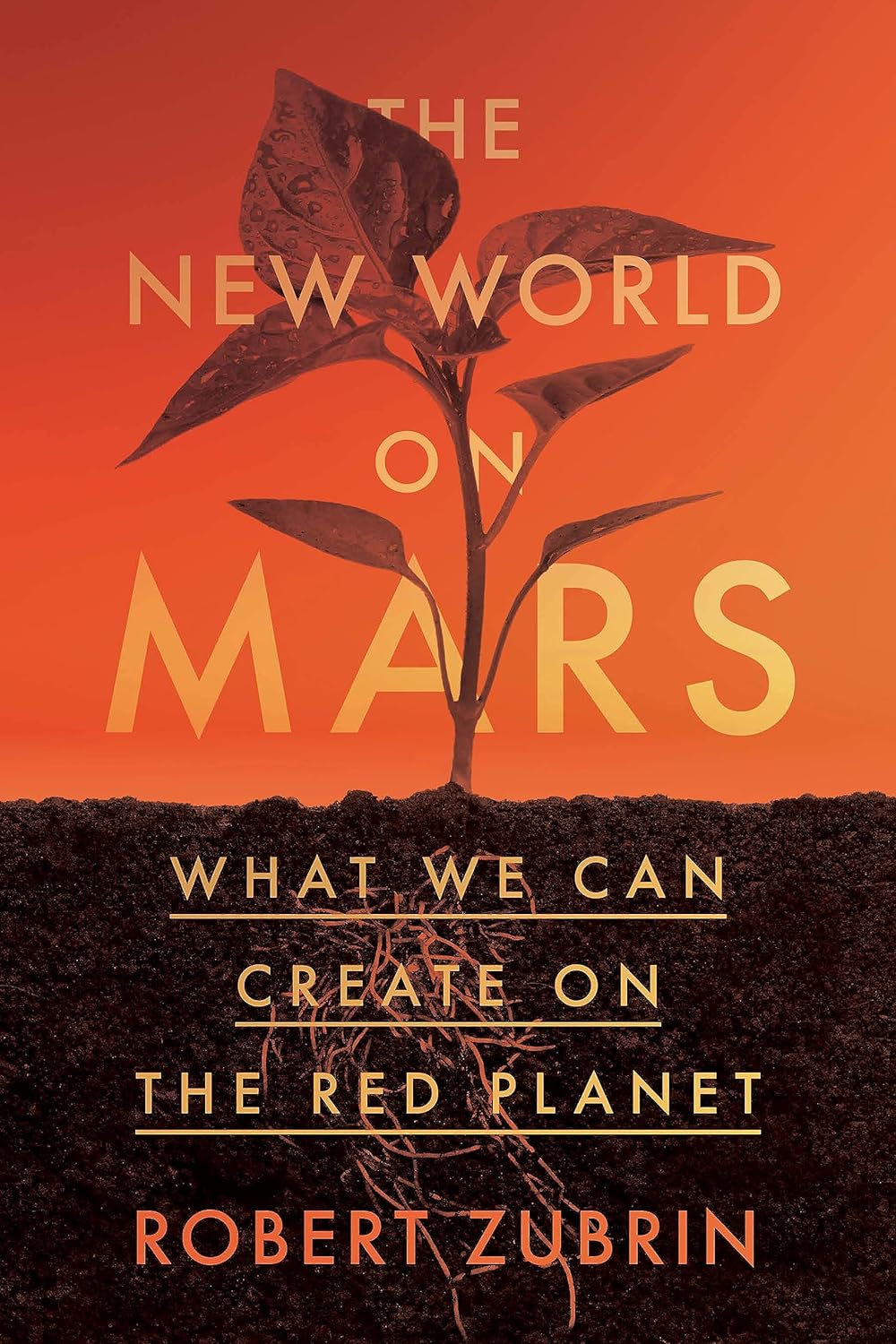
Hi,
a big change I will do,and the two books will be as following,
- Encyclopedia of French Military Aircraft 1919-1945
- Encyclopedia of French Civil Aircraft 1919-1945
I ask my God Almighty to help me in this job.
A short brief notes about my book,French Military Aircraft 1919-1945,
1- I with my partner strive for honesty to check out from all our entries in the
script,we spended more than 30 years for this task.
2- The book contains more than 600 aircraft,which were actually built,and more
than 1100 projects and unfinished airplanes,but you must know that,98 % of
these 1100 are from reliable sources,no doubts in that.
3- The un-identification concepts are divided into two parts;
A- First group is connected with the projects,which were really existed and confirmed,but we can't find any designations for it,so we put it as we got,and we make some speculations to their series in the companies,and as you read or see
in many sources (books or magazines),they made the same to some unknown
aircraft,for example;
Fighter was a single seat fighter project,powered by one ..... engine,it was
appeared in the year 19xx,then we add our suggesting as following Type-xx ?,
after than we showed question mark to inform the readers about,that's only
our opinion in the its allocation.
B- Second group is concerned about the projects which are un-confirmed,so we
opened a one chapter for them all,(to not be confuse with others real designs),as we can't ID or no confirm about their existing.
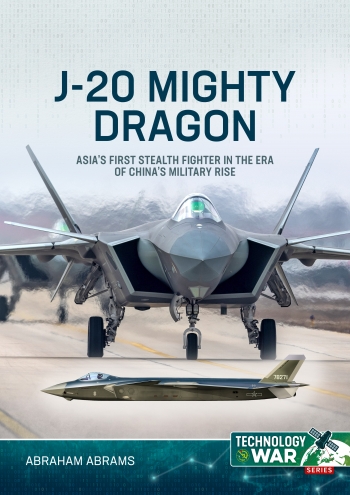


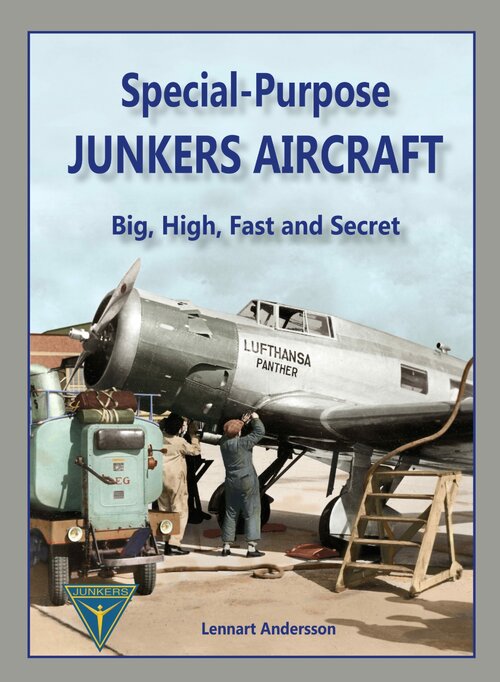
 www.europeanairlines.no
www.europeanairlines.no
Designing the Vulcan.
No cover image yet.
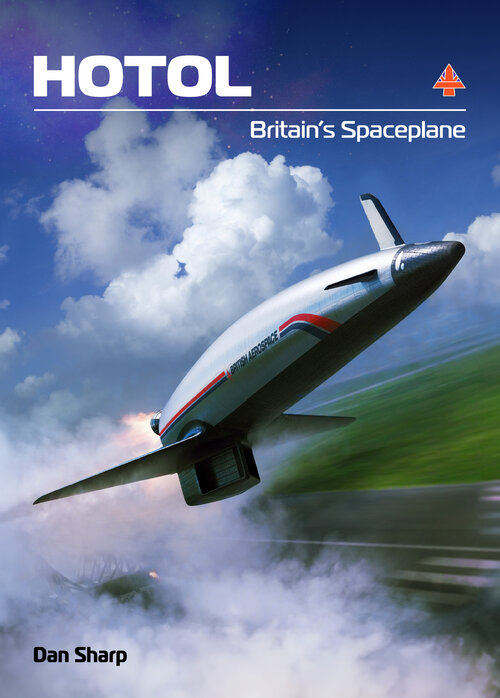
I have been wanting a book about the HOTOL spaceplane for years and now it has become reality thanks Dan.
Hi Dan,
What is the release date for this book?
